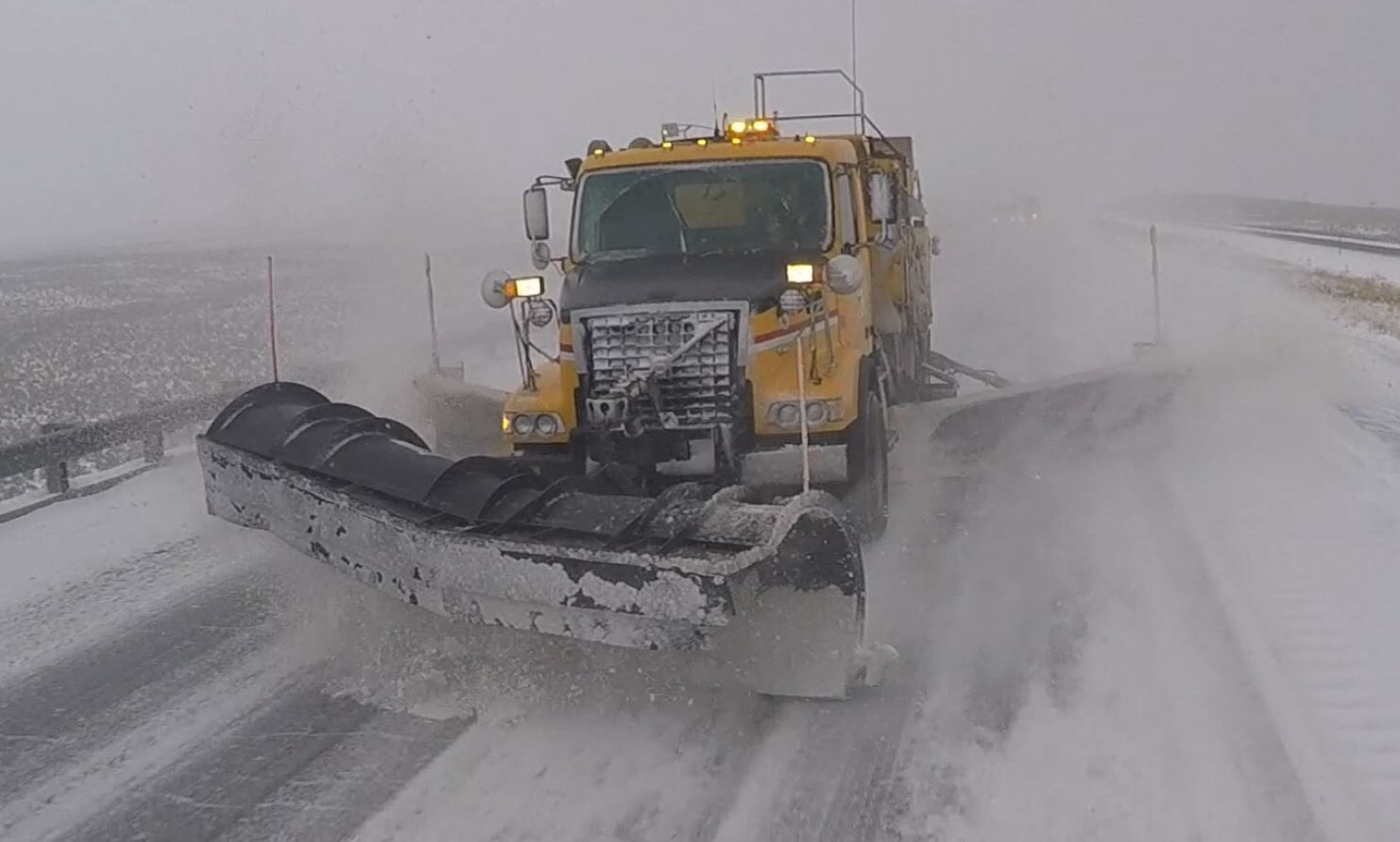August’s record rain spurs sunflower ‘superbloom’
Published 3:00 pm Wednesday, September 20, 2023

- Sunflowers are blooming in profusion in parts of Baker County after a record-setting rainfall on Aug. 21, 2023.
Amy Ross has seen more than 50 late summers along the Snake River at the eastern edge of Baker County but she’s never seen one nearly so, well, yellow as the current version.
Trending
Or as beautiful.
A riot of native sunflowers has spread vast swathes of brilliant color across hillsides that in most years are covered in September with grass browned by the scorching sun.
“It is spectacular,” Ross said on Wednesday, Sept. 20. “I’ve never seen anything like it.”
Trending
Ross, 63, lives with her husband, Terry, on the Oregon side of the river about 20 miles north of Huntington, near Connor Creek. They’re among the relatively few year-round residents along Brownlee Reservoir, a popular boating and fishing destination that stretches more than 50 miles.
Ross said the sunflower explosion has dominated many recent conversations among residents in this remote part of the county, which is accessed by gravel road or boat.
“We’ve all been talking about it,” Ross said.
Her parents had a place along the river, so Ross is quite familiar with the typical sights of late summer in the canyon.
Including sunflowers.
But not entire slopes festooned with their bright blossoms.
“I’m seeing sunflowers where they’ve never been before,” Ross said. “Solid sunflowers.”
Botany expert explains ‘superbloom’
Melissa Yzquierdo Primus noticed the yellow glow brightening the hills as she drove on Interstate 84 southeast of Baker City recently.
The splashes of color were conspicuous against the typical dull backdrop of sun-dried grass.
That sunshine, though, was interrupted for most of one August day.
And therein lies the explanation for what Yzquierdo Primus saw as she drove along the Burnt River through Durkee Valley, past Huntington and toward Ontario.
And what people such as Ross are still seeing.
The record-setting rainfall on Aug. 21, spawned by the remnants of Hurricane Hilary, has resulted in what Yzquierdo Primus described as a “superbloom” of native sunflowers.
“That was the catalyst for sure,” said Primus, a biologist who studies wildlife and botany for the BLM’s Vale District.
Ross said the rain gauge in her weather station collected 3 inches of rain in 10 hours on Aug. 21.
The Baker City Airport recorded 1.4 inches, more than twice the average for all of August.
The unusual glut of moisture, combined with the typical warm temperatures of late August and early September, invigorated many thousands of sunflower seeds that had lain dormant in the soil, said Yzquierdo Primus, who has worked for the Vale District since 2000 and at the Baker Field Office in Baker City since 2004.
These caches of seeds have in some places likely been accumulating for many years, she said, waiting for the mixture of moisture and temperature that results in widespread germination.
“They produce a lot of seeds,” she said.
Sunflowers, as anyone who has grown them in a garden or backyard knows, often will bloom in late summer.
So will the native variety that grows in the arid rangelands that cover much of the eastern half of Baker County, Yzquierdo Primus said.
But she said she had never seen a profusion of blooms that rivals this year’s.
Neither has Terri Siddoway, who lives near Durkee, about 25 miles southeast of Baker City.
“They’re everywhere,” she said of the sunflowers.
Nor are sunflowers the only beneficiary of the Aug. 21 deluge, which delivered as much as 3.5 inches of rain to parts of eastern Baker County.
Siddoway said a fresh crop of green grass has also sprouted in places that in most years are covered with desiccated grass by September.
That’s a boon for Siddoway, who runs a cattle ranch with her husband, Bert.
That nutritious new grass will provide excellent fall fodder for cattle.
Where to see the superbloom
Yzquierdo Primus said sunflowers tend to thrive in “disturbed” areas — roadsides, for instance, and steep slopes where the soil is prone to slipping, creating bare spots.
The area between Durkee and Ontario is a prime spot, as well as places along the Snake River Road between Huntington and Richland.
She said the influx of sunflowers will help pollinators, as well as birds that eat the seeds.
She said the superbloom likely won’t last much longer as the flowers progress through their life cycle.
“It’s a treat for people to see,” Yzquierdo Primus said.
The profusion of blooms will help to replenish the seed bank in the soil, which was depleted by the high rate of germination, she said.
Sunflower connection
For Ross, the sunflower is a special species.
It was her late father Robert Ciesiel’s favorite.
Robert, a longtime mining geologist in Baker City, died in 2005.
That’s why Ross painted a sunflower on the renovated 1957 travel trailer that serves as as vacation rental house on her property.
It’s even called The Sunflower.
She had the sunflower painted this spring.
“I kind of think Dad’s looking down, saying, if you want a sunflower, I’ll give you sunflowers,” Ross said with a laugh.
She said that based on her recent travels, sunflowers are particularly prevalent around Huntington and downriver. On a recent drive, she noticed that the closer she came to Richland, about 41 miles north of Huntington, the more sparse the sunflowers.
The superbloom also seems to be confined to the Oregon side of the canyon, she said.
“It is spectacular. I’ve never seen anything like it.”
— Amy Ross, who lives along the Snake River in eastern Baker County, describing the “superbloom” of native sunflowers in the area









